
Photo Credit: S. Adkins
By Asad Shabbir
Parthenium weed and annual ragweed are closely related members of the Asteraceae, known for their high allergenicity. The detrimental effects on human health of the more temperate annual ragweed are very well known. However, those of the more tropical parthenium weed are less well known and in fact much more severe, affecting many tens of millions of people each year.
Parthenium weed (Parthenium hysterophorus L.) has rapidly become one of the world’s worst weeds, responsible for a multitude of negative impacts on crop and pasture production, the environment and human and animal health. A native to the tropical North, and possibly temperate South America, this alien has now invaded more than 50 countries around the world and threatens to invade many more, exacerbated further by a changing climate.
Of all its detrimental effects, those causing human allergies are increasing at an alarming rate and have become a matter of great concern in many parts of its invaded range. Parthenium weed affects health in two ways, firstly upon the inhalation of certain airborne particles including fine hairs and pollen, an allergic response can result, leading to hay fever, bronchitis or asthma. Secondly, and unlike ragweed it can cause severe contact dermatitis when a sensitive individual comes in to contact with the plant or airborne particles. Unfortunately, for those working on the land it is possible to develop both forms of allergy and in several reported cases can result in death by suicide.
Once someone develops an allergy to parthenium weed, it can be a life-long problem with no cheap and effective treatments available. The best solution to the allergenic problem is to avoid the plant and allergens in the first place. This is not easy to do in the subsistence farming systems of southern Asia and Africa where the weed is having its greatest impact.
- Photo Credit: K. Verma, India
- Photo Credit: A. Shabbir, Pakistan
- Photo Credit: K. Verma, India
Parthenium weed prefers to grow in disturbed habitats in the rural landscape where more than 80% of population live, and in such areas allergy health issues are on the rise. However, the weed is now moving into many urban areas, for example, the cities of Lahore, Bangalore and Nairobi. Large infestations of this weed establishing near to human habitation now pose a serious threat to the health of those people and their domesticated animals who live there.
Unlike annual ragweed, the allergy problems caused by parthenium weed are not well documented, largely because this weed is more of a problem in the world’s less developed, yet most populated countries. Over two thirds of the world’s population live in countries where parthenium weed has invaded or is native. Due to lack of education, low public awareness and reduced access to health facilities, the allergy problems caused by parthenium weed are largely underreported. Had the more tropical parthenium weed possessed the appropriate ecology to invade the more northern regions of the world (e.g. Europe, North America), the story might have been very different, attracting much greater and timely attention due to its threat to the wealthier countries.

Photo Credit: A. Shabbir, Pakistan
One of the problems that has now arisen in certain invaded countries is that attempts have been made to try and utilize this plant. The most concerning of these is its use in floral bouquets. Due to lack of awareness, florists use the inflorescences of this plant as a ‘filler’ in between the main flowers of the bouquet. Besides being a health hazard, bouquets containing parthenium weed can also contribute to its spread, as they are often discarded in inappropriate places or are placed in graveyards where over time large populations can form.
Recent research has shown that under a changing climate, parthenium weed will have the capacity to invade even more new areas (Europe and North Africa), as well as increase its spread in regions where it already exists. An increase in weed vegetative and reproductive biomass will mean more plants to encounter and more particulate matter in the atmosphere, thus exacerbating allergies caused by the weed unless proper management measures are undertaken to stop its populations from spreading.
Luckily, improved methods of management, including biological control utilizing insects, fungi and suppressive plants are becoming available. All these approaches not only suppress the growth of parthenium weed but also decrease its flower and pollen production, helping to reduce the impact of this invasive weed.
In comparison to annual ragweed, the allergy problems due to parthenium weed are more serious in nature and are widespread across many parts of world where this weed has invaded.
Parthenium Weed: Biology, Ecology and Management is now available from the CABI Bookshop.
6 Comments
Leave a Reply
Related News & Blogs
Biodiversity loss: How can we reclaim our landscapes from threats to biodiversity?
On 22nd May, we mark the International Day for Biological Diversity. In this article, CABI’s Global Director for Invasive Species Dr Hariet Hinz looks at how we can reclaim our landscapes from threats to biodiversity. Biodiversity loss is proceeding at…
22 May 2025


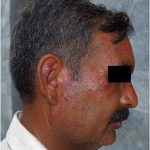
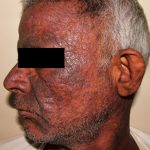
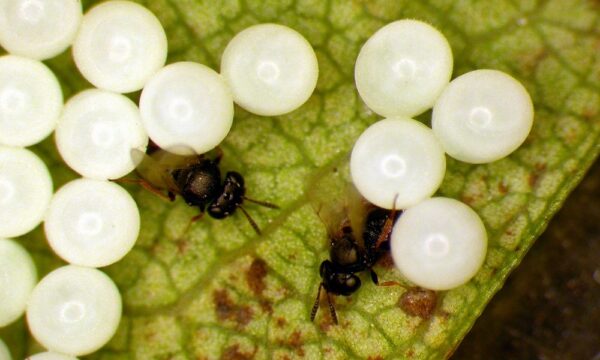
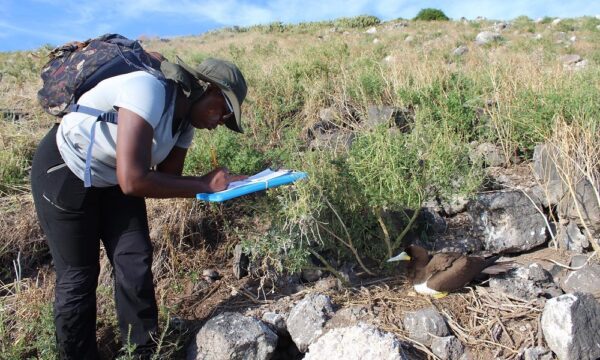
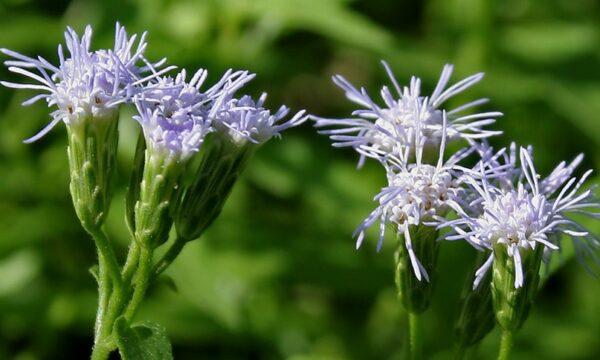
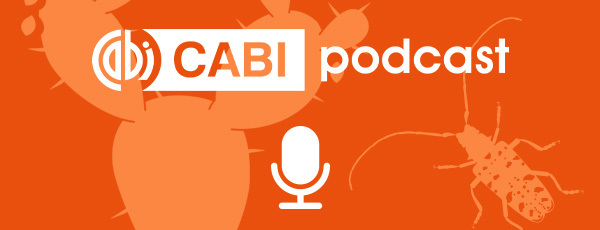
Reblogged this on The Invasives Blog.
thank you. was really useful.
pest control services in hyderabad
[…] Is parthenium weed allergy problem worse than that of annual ragweed?In “Crop health” […]
[…] Is parthenium weed allergy problem worse than that of annual ragweed? […]
Very nice